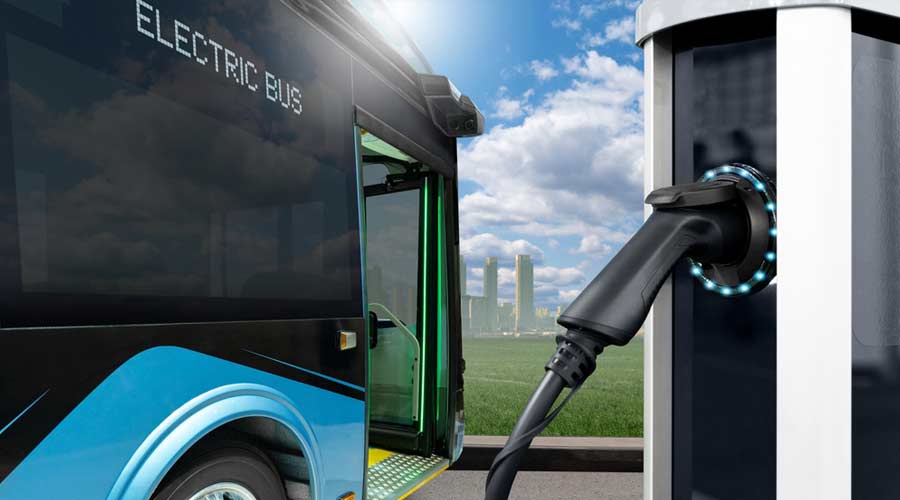LEED Designs Don't Always Lead to Sustainable Operations
The Banner Bank Building in Boise, Idaho, opened to much acclaim in 2006. It was the first speculative office building certified at the Platinum level with the LEED for Core and Shell rating system. Its developer, Gary Christensen, took to the trade show circuit to explain that green buildings don't cost more than traditional ones (the 180,000-square-foot, Class A Banner Bank Building cost $128 per square foot), but have all kinds of benefits, such as faster lease-ups at higher rental rates, lower operating costs, and higher profits.
With strategies like underfloor air distribution and sophisticated lighting controls, the Banner Bank Building was supposed to be 50 percent more efficient than a standard ASHRAE 90.1-compliant building. Indeed, as Christensen was fond of saying: "If you're not saving at least 50 percent on energy, you're not even trying."
When the first electricity bills rolled in, Christensen was shocked to learn the building was only 2 percent more efficient than a standard building. In addition, occupants were constantly complaining about comfort. What happened? How did a building designed to be so efficient operate so inefficiently?
There were several reasons, which we'll get to shortly, but thanks to some hard work and a few dollars, the Banner Bank Building story has a happy ending. Today, the building operates at an Energy Star score of 80 and at a utility cost of $1.12 per square foot, which compares favorably to the $1.36 to $1.51 per square foot average for similar buildings in Boise.
The building stands as a lesson in how to think about what sustainable design in general and LEED certification specifically really mean. Skeptics often decry LEED as an added expense that doesn't necessarily add efficiency. But experts say that's a wrong-headed way to think about LEED.
"LEED is a design standard, not a performance standard," says Mark Frankel, technical director of the New Buildings Institute. "LEED certification really means a building was designed with the potential to be a high-performance building." The real questions to ask are whether a building actually meets the design intent and, if so, whether it's operated efficiently over the long term.
Those are questions that typically aren't asked for conventional buildings. And most LEED rating systems have no requirement that a building be shown to operate efficiently. So it's up to the facility manager to realize the potential of a LEED certification by bridging the gap between the design of the facility and how it is operated. That can be an arduous path. As evidenced by the following stories of LEED-certified buildings, there are plenty of reasons a building may not initially operate as efficiently as it was designed to do. But these stories also show that diligent facility managers can make significant improvements in a building's energy use once the doors have been opened — improvements that require time and energy, but not necessarily very much money. One critical factor is paying close attention to the actual operating parameters of the new building.
Does any of that mean LEED certification isn't a worthwhile goal? Not at all. It just shouldn't be the only goal. As Christensen says, "LEED is a very good place to start, but it's a bad place to finish."
Related Topics:














